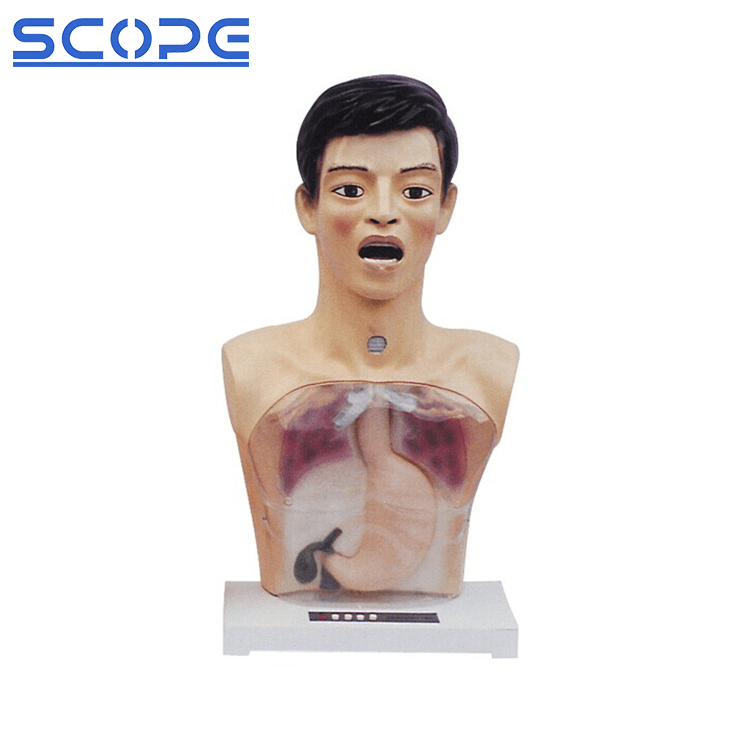Are Clinical Training Manikins Safe to Use?

Yes, clinical training manikins are generally safe to use when handled and maintained properly. Here's why:
Safety Features
l Materials: Most manikins are constructed from non-toxic, hypoallergenic materials that are safe for human contact.
l Design: They are designed with smooth surfaces and rounded edges to reduce the possibility of injury.
l Cleaning and Disinfection: Proper cleaning and disinfection protocols reduce risks from bacteria and viruses.
Important Considerations
l Allergens: While materials are generally safe, some people may have allergies to certain components. Before using, check for any allergies you may have.
l Latex: Some older manikins may contain latex, which can cause allergic reactions in sensitive individuals. Be aware of the latex content and take appropriate precautions.
l Maintenance: Improperly maintained manikins may harbor bacteria or viruses, posing health risks. Regular cleaning and disinfection is essential.
l Respect: Avoid scenarios that could be interpreted as offensive or discriminatory.
Additional Points
l Follow manufacturer instructions: lManikins may have unique cleaning, disinfection, and handling guidelines.
l Train students on proper use: Teach them safe handling and cleaning procedures to reduce risk and promote responsible use.
l Dispose of worn-out manikins: To avoid potential hazards, replace manikins that have damaged components or show excessive wear and tear.
Overall, clinical training manikins are safe to use if handled and maintained correctly. You can provide your students with a safe and effective learning environment by adhering to these guidelines and being aware of potential risks.
- Art
- Causes
- Crafts
- Dance
- Drinks
- Film
- Fitness
- Food
- Games
- Gardening
- Health
- Home
- Literature
- Music
- Networking
- Other
- Party
- Religion
- Shopping
- Sports
- Theater
- Wellness


